In tennis, a “walkover” isn’t as leisurely as it sounds. It’s a term that signifies one player’s withdrawal, giving their opponent an automatic win.
As a tennis coach with years of experience and numerous exhibition matches under my belt, I’ve seen walkovers happen for various reasons—be it injury, personal emergencies, or even strategic forfeits.
Understanding the rules and statistics surrounding walkovers is crucial for both players and fans to grasp the full scope of the game.
Walkover Definition
A walkover in tennis is a unique situation where a match is decided without actual play. This occurs when one player withdraws or is disqualified, automatically granting the win to their opponent. Contrary to a “retirement,” where the match starts but doesn’t finish due to one player pulling out, a walkover means the match never commences.
As someone who’s coached players through various tournaments, I can tell you that walkovers are generally rare but can have significant implications for tournament brackets and player rankings.
What is/isn’t it a walkover?
It’s important to clarify what a walkover is not. It’s not the same as a “default,” where a player is ejected from the match due to violations like unsportsmanlike conduct. A default can happen at any point during the match, even if just one point has been played. Also, a walkover isn’t a “no-contest,” which is when external factors like weather conditions make it impossible for the match to proceed. In those cases, the match is usually rescheduled rather than awarded to one player.
Understanding the difference between a walkover and other types of match conclusions is essential for anyone involved in the sport. Whether you’re a player, coach, or an ardent fan, knowing these terms enriches your understanding and appreciation of the game. From a coaching perspective, I always ensure my players are well-versed in these rules, as it prepares them for any situation they might encounter in a tournament setting.
What is the distinction between a walkover and a default?
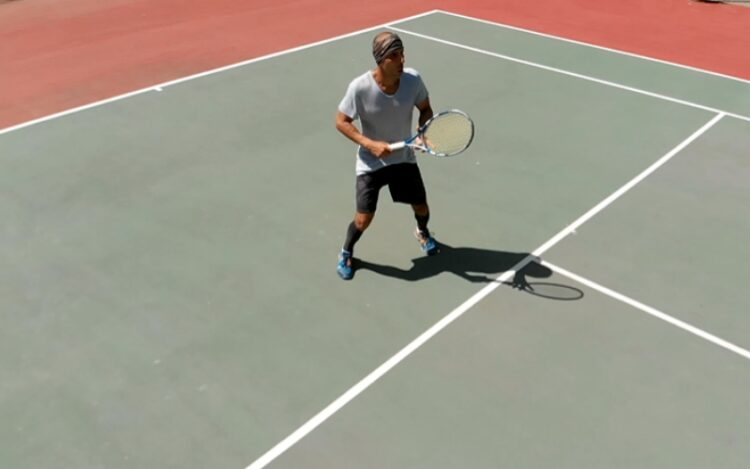
A walkover and a default are both ways a tennis match can end without completion, but they occur under different circumstances. A walkover happens before the match starts, due to one player withdrawing or being disqualified, automatically awarding the win to the opponent. In contrast, a default occurs after the match has begun and is usually the result of a player’s violation, such as unsportsmanlike conduct, that leads to their ejection from the game.
As a coach, I emphasize to my players the importance of understanding these nuances to avoid confusion and to be prepared for any eventuality in a tournament.
Walkover:
- Occurs before the match starts
- Result of one player withdrawing or being disqualified
- Win automatically goes to the opponent
Default:
- Occurs after the match has started
- Usually due to player violations like unsportsmanlike conduct
- Player is ejected, and the opponent wins the match
Lateness section
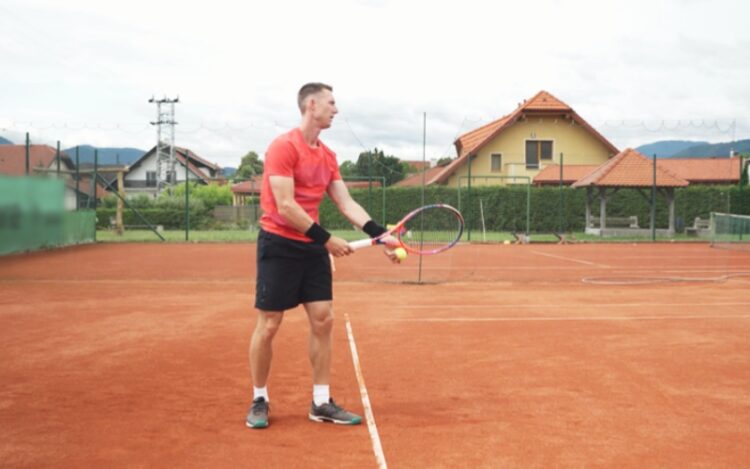
In tennis, lateness can also lead to a match being decided without play, but it’s distinct from both a walkover and a default. If a player fails to show up on time for the scheduled match, they risk being penalized or even disqualified, depending on the tournament’s specific rules. As a coach, I always stress the importance of punctuality to my players, as lateness can disrupt not only their game but also the entire tournament schedule.
Lateness:
- Player fails to arrive on time for the scheduled match
- Penalties can range from point loss to disqualification
- Disrupts the flow of the tournament and can lead to automatic loss
Understanding the consequences of lateness is crucial for any player aiming for professional levels in tennis. It’s not just about losing a match; it’s about maintaining a professional demeanor that’s respectful of the game, the opponent, and the audience.
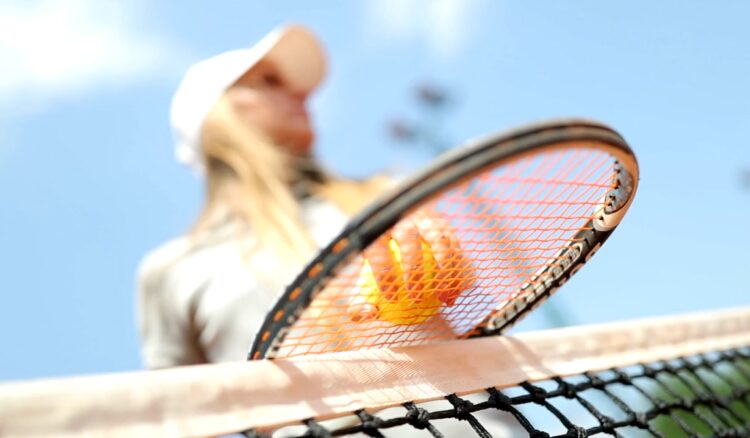
Ranking Points
Ranking points in tennis are a critical aspect that directly impacts a player’s career. These points are accumulated based on performance in various tournaments and are used to determine a player’s global ranking. A higher ranking means better seeding in tournaments and more opportunities for lucrative sponsorships.
As a coach, I work closely with my players to strategize how to earn the most ranking points possible, given that these points influence not just tournament placements but also career trajectory.
Ranking Points:
- Accumulated based on tournament performance
- Determine a player’s global ranking
- Influence seeding in future tournaments and sponsorship opportunities
5 Players Who Have Received the Most Walkovers
While walkovers are relatively rare in professional tennis, they do happen, and some players have benefited from them more than others.
1. Novak Djokovic
Djokovic is a leader in this category, which is not a surprise considering for how consistent he is for such a long time. He has received a total of 14 walkovers. Two in Majors, seven in Masters 1000 events, three in ATP 500 tournaments and one at the ATP 250 level.
2. Roger Federer

Federer has also received 14 walkovers in his illustrious career. This includes five first-round walkovers at Wimbledon, four at the Australian Open, and three at the French Open.
3. Rafael Nadal
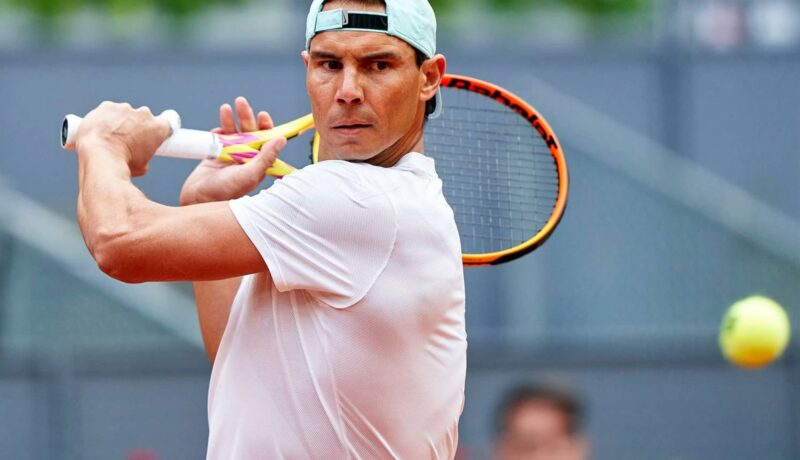
Nadal has also received a number of walkovers throughout his career, a total of 11. His most notable receiving came at Wimbledon in 2009, when he beat Nikolay Davydenko in the semifinals but was then beaten by Federer in the final. Nadal also received a first-round walkover at Roland Garros recently after losing to Stan Wawrinka in the quarterfinals.
4. Raymond Moore
Moore who has received twelve walkovers in his career. These have occurred at various tournaments including the; Australian Open, Wimbledon, and the French Open.
5. Ilie Nastase
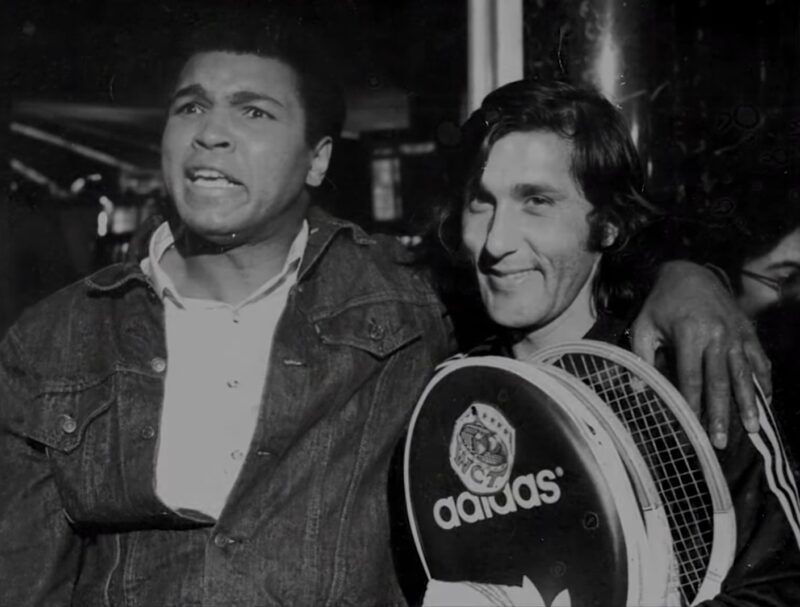
Another member of the 14 walkover club. He received 10 during his career as a professional. Nastase has also been awarded a further four walkovers as a result of tie-breakers.
For tennis lovers, competing and winning is their goal. If you’re sweating it out on the court or if there are people around you who are practicing non-stop for the perfect swing. Why not continue to inspire them? Give them a custom tennis medals that you can add names, quote, and even actions. Such a unique medal is definitely the best encouragement for the athlete.

FAQs
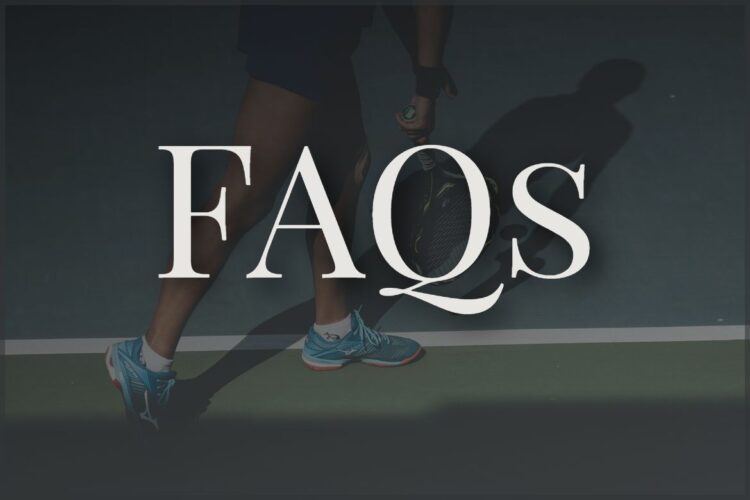
Is a walkover victory equal to a win in tennis?
Yes. It is not the fault of the player if his opponent fails to play
What does retire in tennis mean?
When the game is abandoned or one player withdraws, it is called “Retired” This situation can involve situations where a retiree cannot continue a match because of illness or injury.
Who is to blame for Walkovers?
Nobody. Walkovers are not about passing blame. There are plenty of legitimate excuses why a match can’t even take place. Instead, the walkover policy is intended to help the leagues work smoothly, ensure fair scheduling, and offer a path ahead when a match has been postponed at late notice.
How many points does a walkover win contain?
A walk-over victory is worth two points. However, if you are participating in a quick league, the walkover just earns you one point, and not the bonus point.
Summary
In the dynamic world of tennis, it’s not just about forehands, backhands, and serves; it’s also about the rules and nuances that can make or break a game. From walkovers and defaults to the ticking clock of lateness and the career-defining impact of ranking points, every detail matters.
From my experience, when my player wins by getting a walkover, I am surely happy since he will go to the next stage. On the other side, seeing less of it will make the game more exciting.


